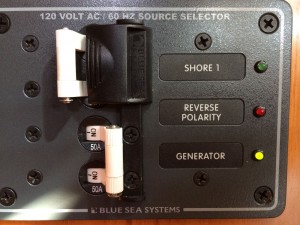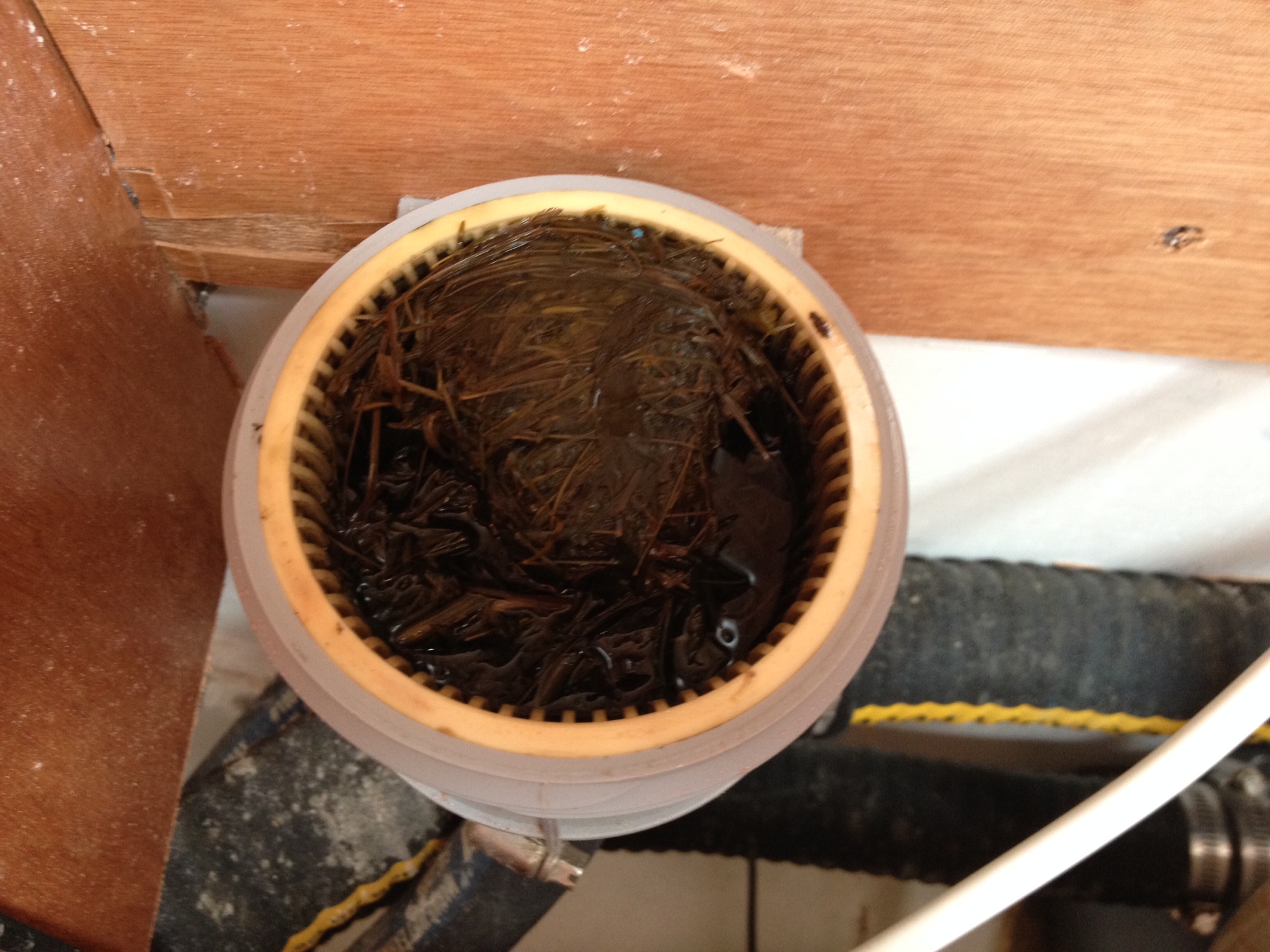Enhancing Energy Efficiency
Last summer during our nine-day cruise in the San Juan’s, the first long cruise on Mobert we realized that as it stands today the house bank is just not big enough to handle the power consumption of the boats’ systems. The primary power consumers seem to be navigation (GPS, AIS, autopilot, chartplotters, and instruments) and refrigeration (we have a separate freezer and fridge).

Of course lighting is another big consumer but easily remedied by upgrading to LED. Mobert has a total of twenty-five 10 watt interior bulbs, which means we could potentially be drawing 20ah (250 watts) if the lights were all on, not counting any other loads. That’s a ton of lighting on a boat. Switching to LED will reduce that number down to about 3.3ah (40 watts). I’ve upgraded about a quarter of the interior lights so far by replacing the 10w G4 bi-pin bulbs with Imtra X-Beam bi-pin Warm White LED bulbs in the existing fixtures. The light output is really good. Luckily the anchor light was already LED, but I also upgraded the navigational running lights to Dr. LED’s Polar Star 40 last season since two of the bulbs were not working anyway. The three running light bulbs used to consume about 100 watts and the new LEDs only consume 3 watts total.
So between interior and exterior lighting, LEDs will drop potential maximum consumption from 350 watts to 43 watts. Frankly, if your boat has ANY incandescent bulbs still installed, you are wasting time and/or money on electricity generation (gas, shore power, batteries, etc.)

At some point I’ll research how different electronics options could be more energy-efficient but outside of replacing our existing equipment, there’s not a lot I can do about the power consumption of our navigation systems right now. However, there was an opportunity to improve refrigeration.
I’ve embarked on an efficiency effort to decrease the consumption of the two refrigeration units. The freezer and fridge are setup with two independent compact Danfoss compressors by Veco Frigoboat. The freezer compressor was keel cooled, but the fridge compressor is air-cooled with a 12 volt fan. During the haul-out in November I had a keel cooler added for the fridge and disabled the air cooling fan on the compressor. According to Frigoboat this could be 30% more efficient compared to air cooling. I also ordered digital thermostats (Frigoboat Guardian) and automatic compressor speed controls (Frigoboat Merlin II) for both units from go2marine.com, the combination of these three upgrades should reduce the consumption of the fridge and freezer quite a bit, without compromising on the ice cream and iced drinks.

There have been several tests that show that running the compressor at a lower speed for longer, is more energy-efficient, and there are many times when the higher RPM is not needed to keep the boxes cold.
But it’s not enough.. I need to deal with the batteries as well. We just don’t have enough battery bank capacity to make it a whole day without using the engine or generator to charge the batteries. Right now we have to charge the batteries about twice a day. This will likely get better with the above mentioned upgrades, but I’d really like to get down to a maximum of one charge per day, running the engine or generator for 2-3 hours each day at most.
More on the batteries later..




I’ve done a lot of work on our 43 and can possibly help out. warmer air and water reduces the effectiveness of any thermal transfer. Keel cooling helps. drop me an email and I can shoot you some pictures.
Thanks!! I’ve got the keel cooling in now, and I finished upgrading to LED bulbs everywhere. And then a couple weeks ago I replaced the house bank batteries.. I plan a post on the battery replacement since there were some good technical tidbits in there that I think others may benefit from.
Are you in the Northwest?